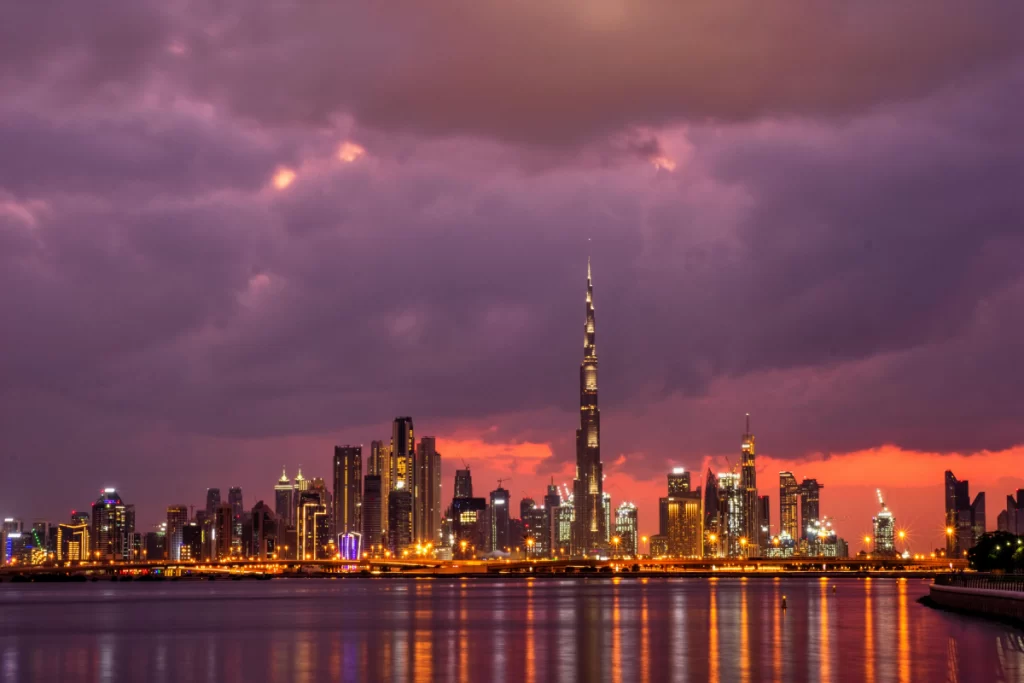The world is filled with a diverse array of architectural wonders, each one a testament to the creativity, ingenuity, and ambition of the human spirit. From towering skyscrapers in major cities to structures that seamlessly blend with remote natural landscapes, the most unique buildings in the world have the power to captivate, inspire, and challenge our perceptions of what is possible in the realm of design. In this article, we’ll explore some of the most remarkable and innovative structures that have left an indelible mark on the global architectural landscape.

Iconic Structures That Redefine the Skyline
When it comes to unique buildings, few can rival the sheer audacity and visual impact of structures that redefine the skyline. The Burj Khalifa in Dubai, United Arab Emirates, for instance, stands as the tallest building in the world, its sleek, futuristic design reaching for the heavens and inspiring awe in all who behold it. Similarly, the iconic Sydney Opera House in Sydney, Australia, with its striking, sail-like forms, has become an instantly recognizable symbol of architectural excellence. These towering, one-of-a-kind structures serve as beacons, drawing the eyes and imaginations of people from around the globe.

Structures That Seamlessly Integrate with Nature

While some unique buildings boldly assert their presence, others seek to harmonize with the natural world around them. The Falling water house in Mill Run, Pennsylvania, designed by Frank Lloyd Wright, is a stunning example of this approach, as it appears to float atop a waterfall in the Pennsylvania wilderness. Similarly, the Bosjes Chapel in Witsand, South Africa is a serene, sculptural structure that seems to emerge organically from the rolling hills and lush vegetation of its surroundings. These buildings demonstrate a profound understanding of the natural environment, using innovative design to create structures that coexist in perfect balance with their settings.

Structures That Challenge Conventional Thinking

In addition to the iconic and nature-inspired, there are also unique buildings that challenge our very notions of what architecture can be. The Heydar Aliyev Center in Baku, Azerbaijan, for example, features a fluid, undulating form that appears to defy gravity, while the Blur Building in Yverdon-les-Bains, Switzerland is a structure that quite literally blends into the surrounding mist, creating an ethereal and disorienting experience for visitors. These structures push the boundaries of architectural design, inviting us to reconsider our preconceptions and experience the built environment in entirely new ways.
Unique and iconic building structures from around the world
Atlantis The Royal, Dubai : A hotel in Dubai that looks like it was made with Jenga blocks, featuring a 1,640-foot-long, 584-foot-tall structure with rectangular blocks stacked on top of each other.
Artyzen Singapore, Singapore: A hotel designed by Ong&Ong, conceptualized as an “oasis in the city” with 20 floors, a rooftop pool, sky gardens, and multiple restaurants.
Double-Sided House, Tehran, Iran: A four-story, brutalist house composed of a cluster of concrete squares configured in an interesting shape.
DSN Headquarters, Jakarta, Indonesia: A unique office space for wood-processing company DSN Group, using upcycled waste products and materials sourced locally.
The Folding Park, Beijing, China: A repurposed police station that is now an office building, incorporating a park into its F-shaped structure with plants, swings, hammocks, and slides.
John Randle Centre for Yoruba Culture and History, Lagos, Nigeria: A museum that looks like it’s built into the side of a hill, designed to highlight the vibrancy and dynamism of Yoruba culture.
Kalyon Karapınar 1.350 MWp SPP – Central Control Building, Konya, Turkey: An energy facility’s central control building with a facade made up of two panels to minimize radiation and prevent high heat exposure.
Lighthouse, Aarhus, Denmark : A 466-foot-tall residential tower, the tallest building in Denmark, with a public rooftop restaurant with views of the city.
Liverpool Civic Place, New South Wales, Australia: A development that will house council chambers, community facilities, commercial offices, a hotel, a public library, and an art gallery.
Pan Pacific Orchard, Singapore: A hotel with a unique snake-like shape, housing 350 rooms in four separate blocks, each with its own sky terrace.
Paula Fox Melanoma and Cancer Center, Melbourne, Australia: A cancer treatment center with an external design based on the idea of a “healthy epidermis,” the outermost layer of skin.
Texoversum Innovation Center, Reutlingen, Germany: A research center for the textile industry that almost looks like a pencil sketch made into a building.
Torre Helea, San Andrés Cholula, Mexico: A helical structure with 93 luxury apartments, 34 floors, and nearly 500 feet tall.
Huizhen High School, Ningbo City, China : The World Building of the Year 2023, a boarding school campus that effectively uses vertical space and includes a floating forest.
Conclusion:
The world is home to an incredible array of unique and innovative buildings, each one a testament to the boundless creativity and vision of the architects and designers who brought them to life. From towering icons that redefine the skyline in major cities to structures that seamlessly integrate with remote natural landscapes, and from buildings that challenge conventional thinking to those that simply defy explanation, these architectural marvels continue to captivate and inspire people around the globe. As we explore these remarkable structures, we are reminded of the boundless potential of human ingenuity and the power of design to transform our perceptions of the world around us.
